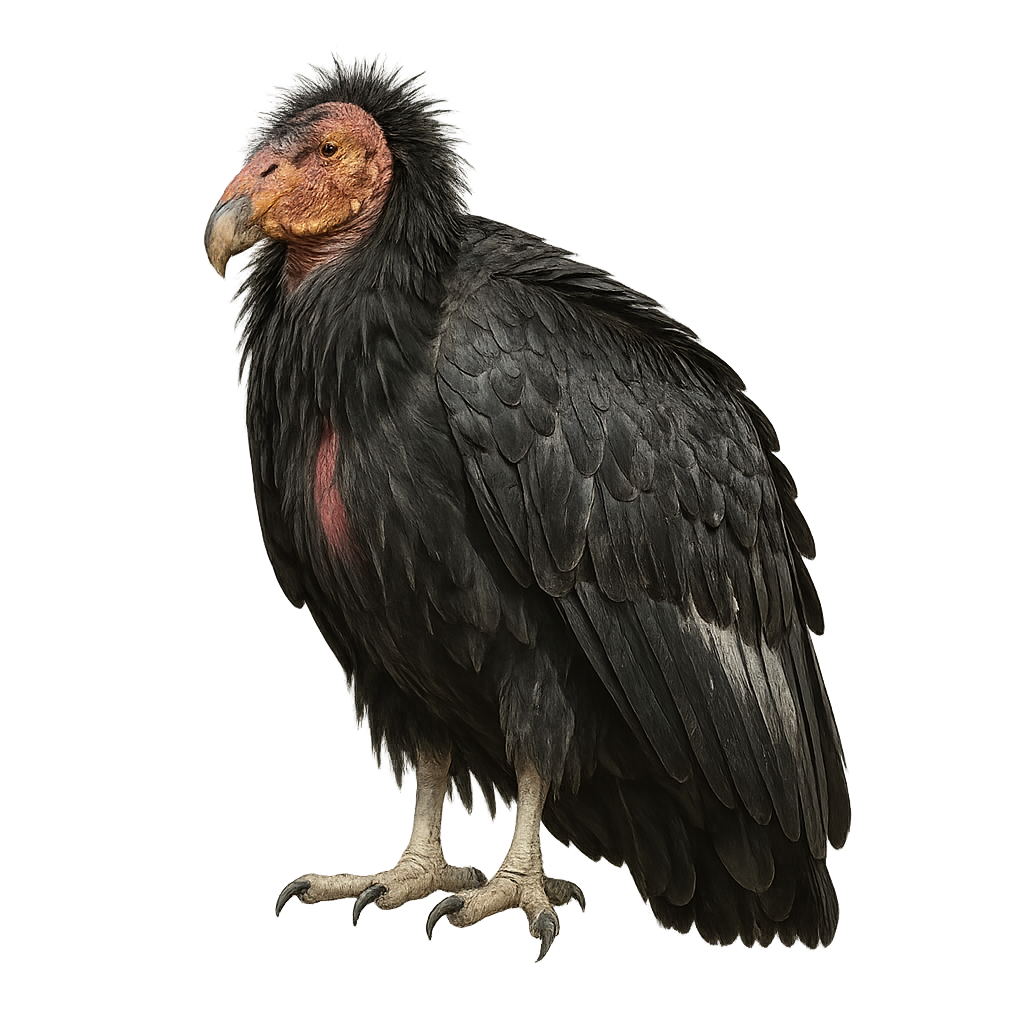Your wildlife photography guide.
Explore the california condor in detail, study its behavior, prepare your shots.
Where to observe and photograph the california condor in the wild
Learn where and when to spot the california condor in the wild, how to identify the species based on distinctive features, and what natural environments it inhabits. The WildlifePhotographer app offers tailored photography tips that reflect the california condor’s behavior, helping you capture better wildlife images. Explore the full species profile for key information including description, habitat, active periods, and approach techniques.
California condor
Scientific name: Gymnogyps californianus

IUCN Status: Critically Endangered
Family: CATHARTIDAE
Group: Birds
Sensitivity to human approach: Very shy
Minimum approach distance: 100 m
Courtship display: January to March
Incubation: 53-60 jours
Hatchings: February to May
Habitat:
Coastal cliffs and arid canyons
Activity period :
Primarily active during the day, with peak activity in the morning and late afternoon.
Identification and description:
The California condor is a large terrestrial vulture in the family Cathartidae, with a wingspan of 2.7–3.2 m, black plumage and a bare head and neck. It inhabits coastal cliffs and arid canyons, feeding mainly on carrion of large mammals. Pairs nest on cliff ledges, laying one egg every other year.
Recommended lens:
400 mm – adjust based on distance, desired framing (portrait or habitat), and approach conditions.
Photography tips:
Position yourself below cliff ledges where condors perch and anticipate their takeoff; shoot early morning in raking light with a high shutter speed to freeze wingbeats.
The WildlifePhotographer App is coming soon!
Be the first to explore the best nature spots, track rutting seasons, log your observations, and observe more wildlife.
Already 1 439 wildlife lovers subscribed worldwide

